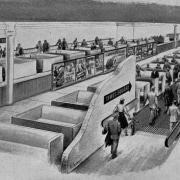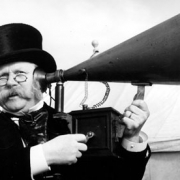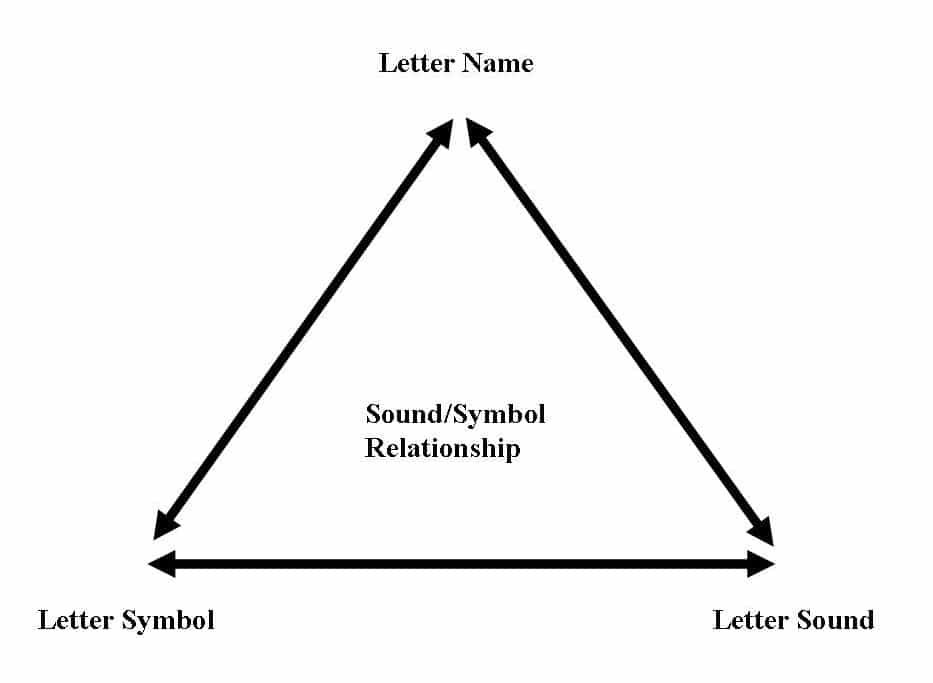The Wisdom of a Movable Walkway
Learning to Read: An Airport Walkway Analogy
The Walk to the Gate
Imagine yourself rushing through Denver International Airport. You hop on the moving walkway to speed things up. You’ve got no bags, just a book in hand, and soon you’re passing everyone with ease.
Beside you is a couple: a woman juggling a baby and a diaper bag, a man pulling two heavy suitcases. They pause, readjust, and slowly move forward. A group of students carrying instruments strolls casually, moving no faster than the walkway itself.
You, meanwhile, stride forward, reach your gate in record time, and open your book while others are still arriving.

The Connection to Reading
Learning to read works much the same way:
-
Some students race ahead. They pick up reading quickly, like travelers walking briskly on the moving walkway.
-
Some move steadily. Like the school band group, they progress at a comfortable pace with little extra effort.
-
Some struggle under the weight of extra “bags.” They pause, get stuck, and need help to move forward—much like the parents balancing a child and luggage.
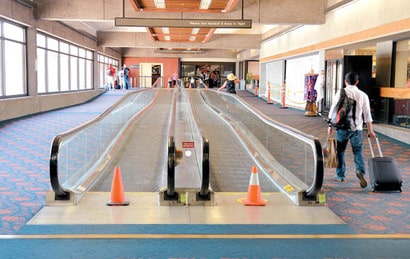
The Extra “Bags” Readers Carry
Developing reading skills requires many underlying abilities to work together:
-
Phonological processing
-
Memory and recall
-
Language development
-
Attention and focus
-
Conditions like dyslexia
When one of these areas is weak, a child carries extra “bags” that slow progress.
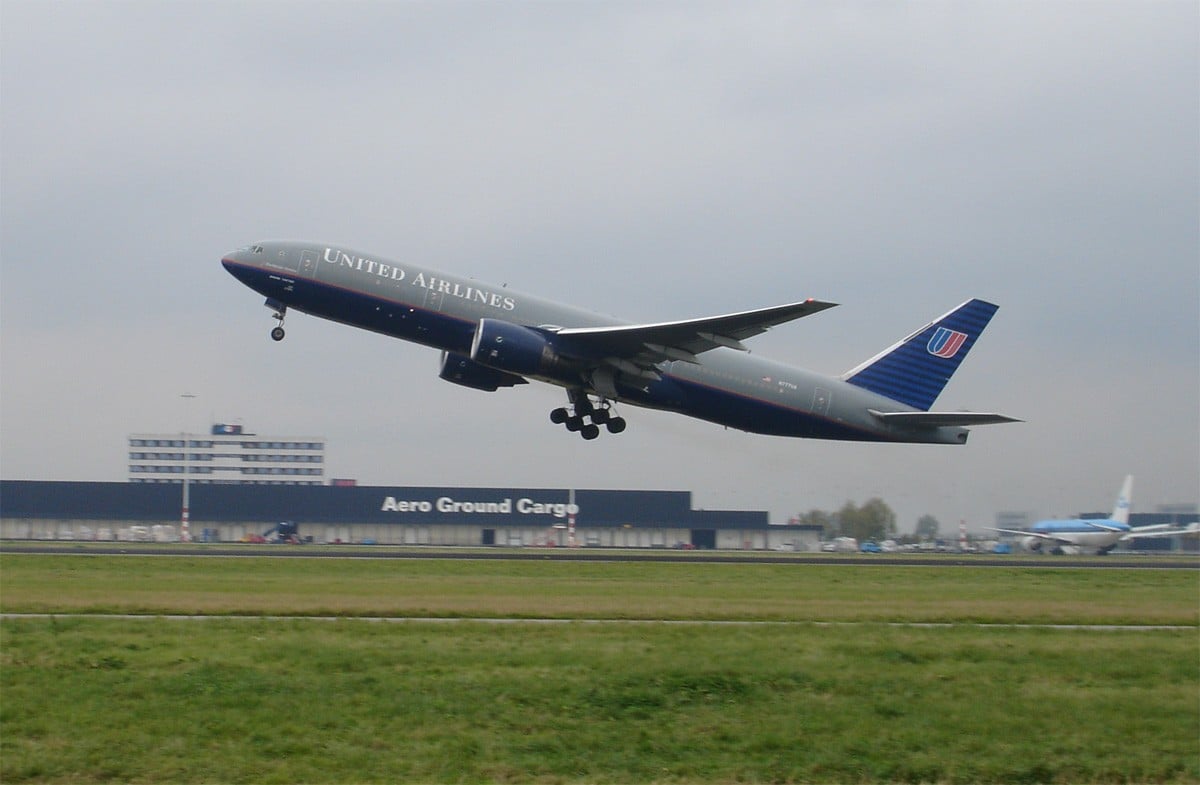
Why Individualized Instruction Matters
For many students, standard reading instruction works well. But for others, success comes only when instruction is targeted to their needs. A reading specialist identifies which skills need strengthening and builds them step by step—like a personal trainer for the mind.
As those foundational skills grow stronger, the “bags” feel lighter. Students gain confidence, move at their own pace, and eventually reach their full potential—just like travelers finally reaching the departure gate.

